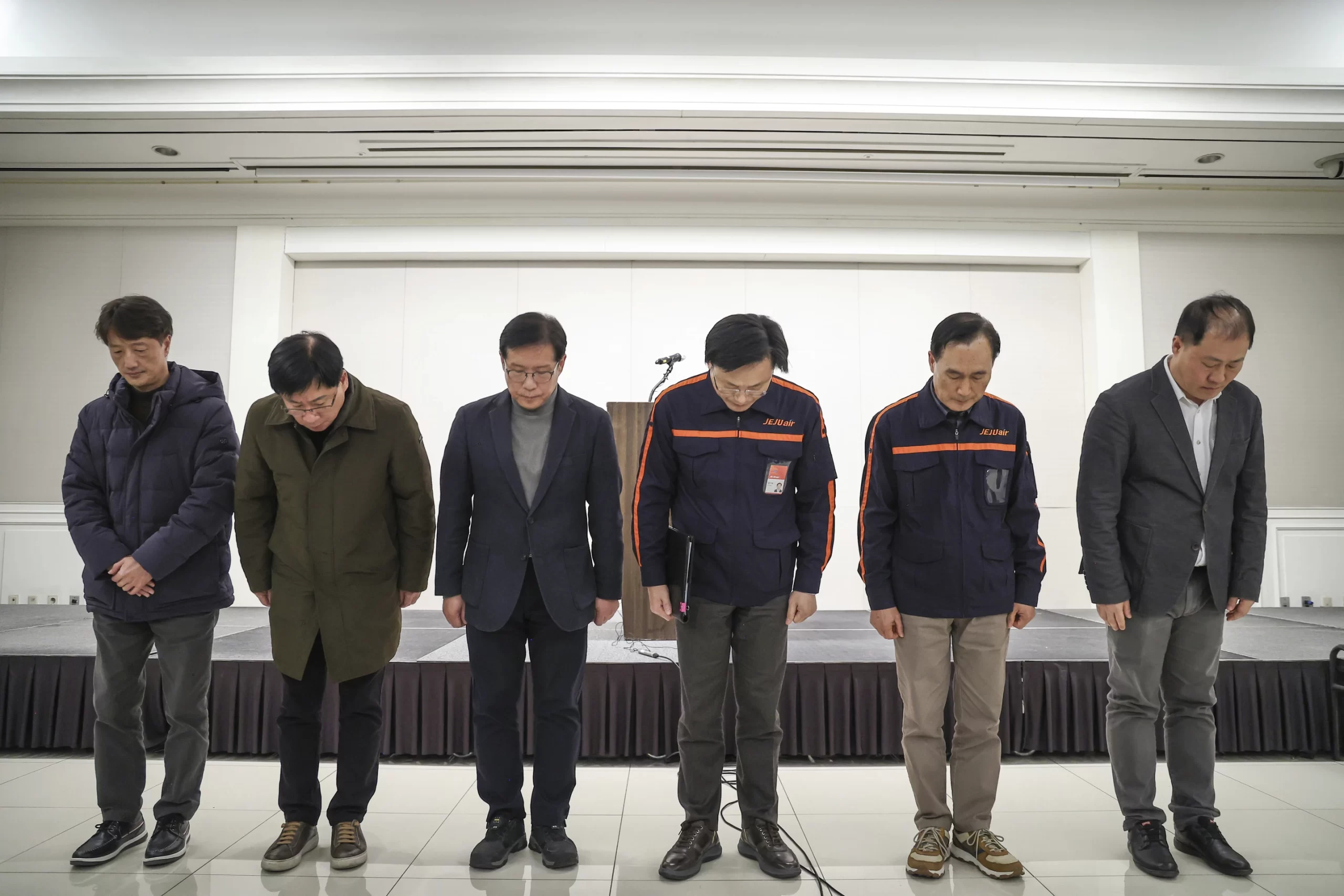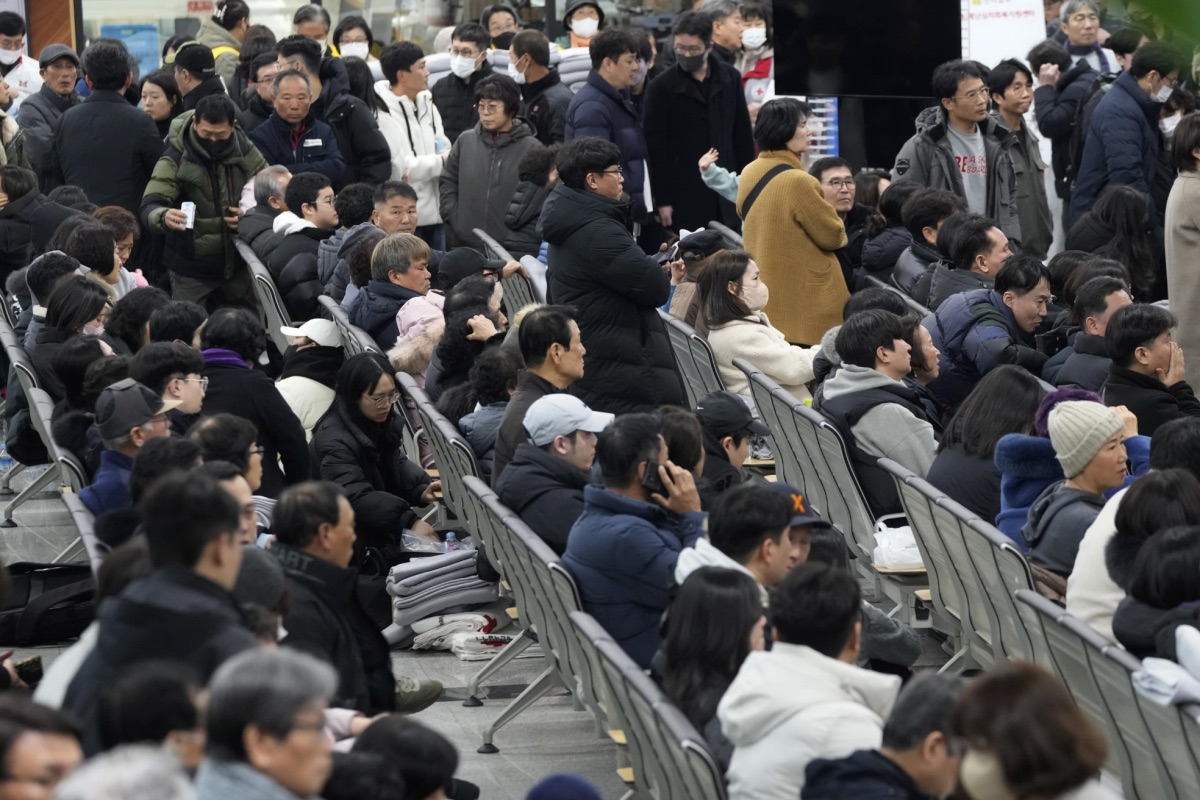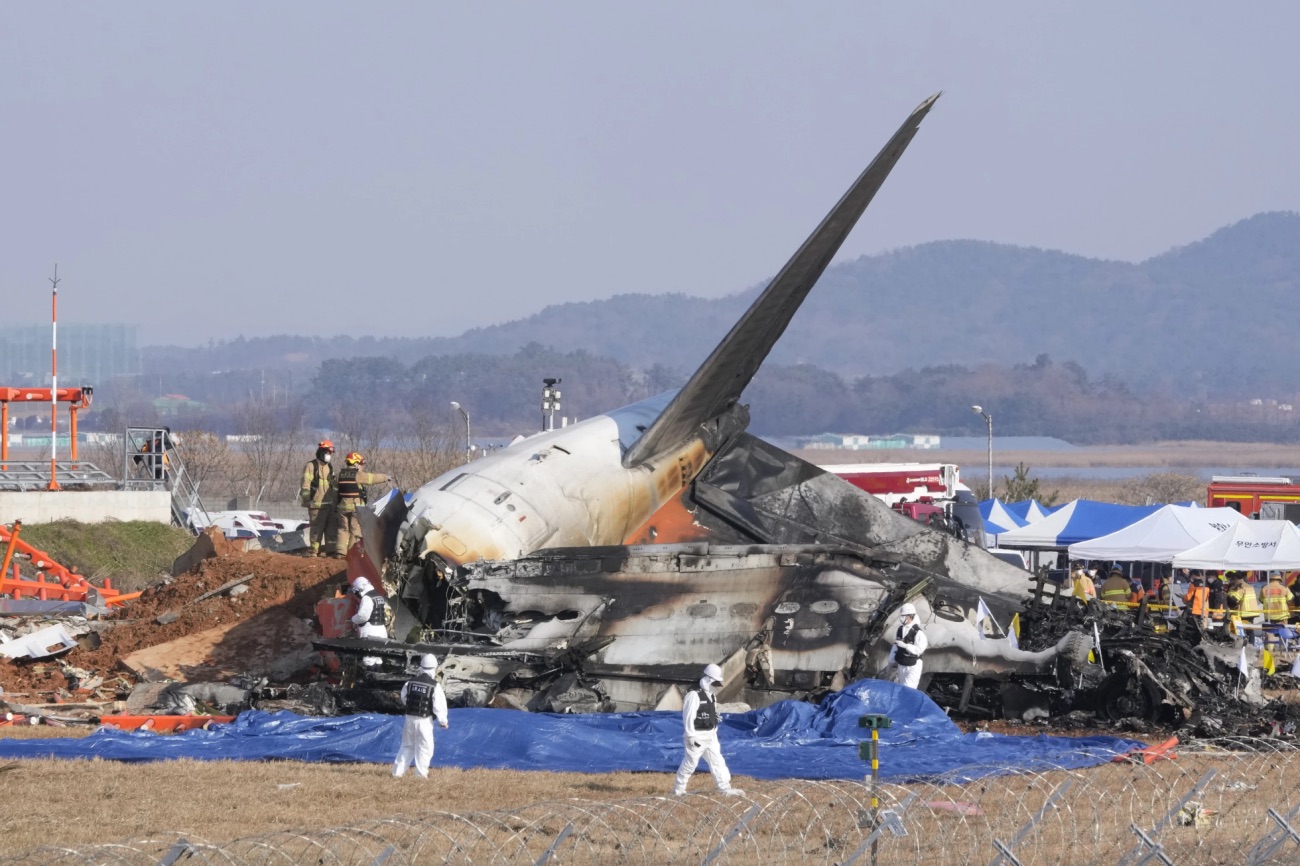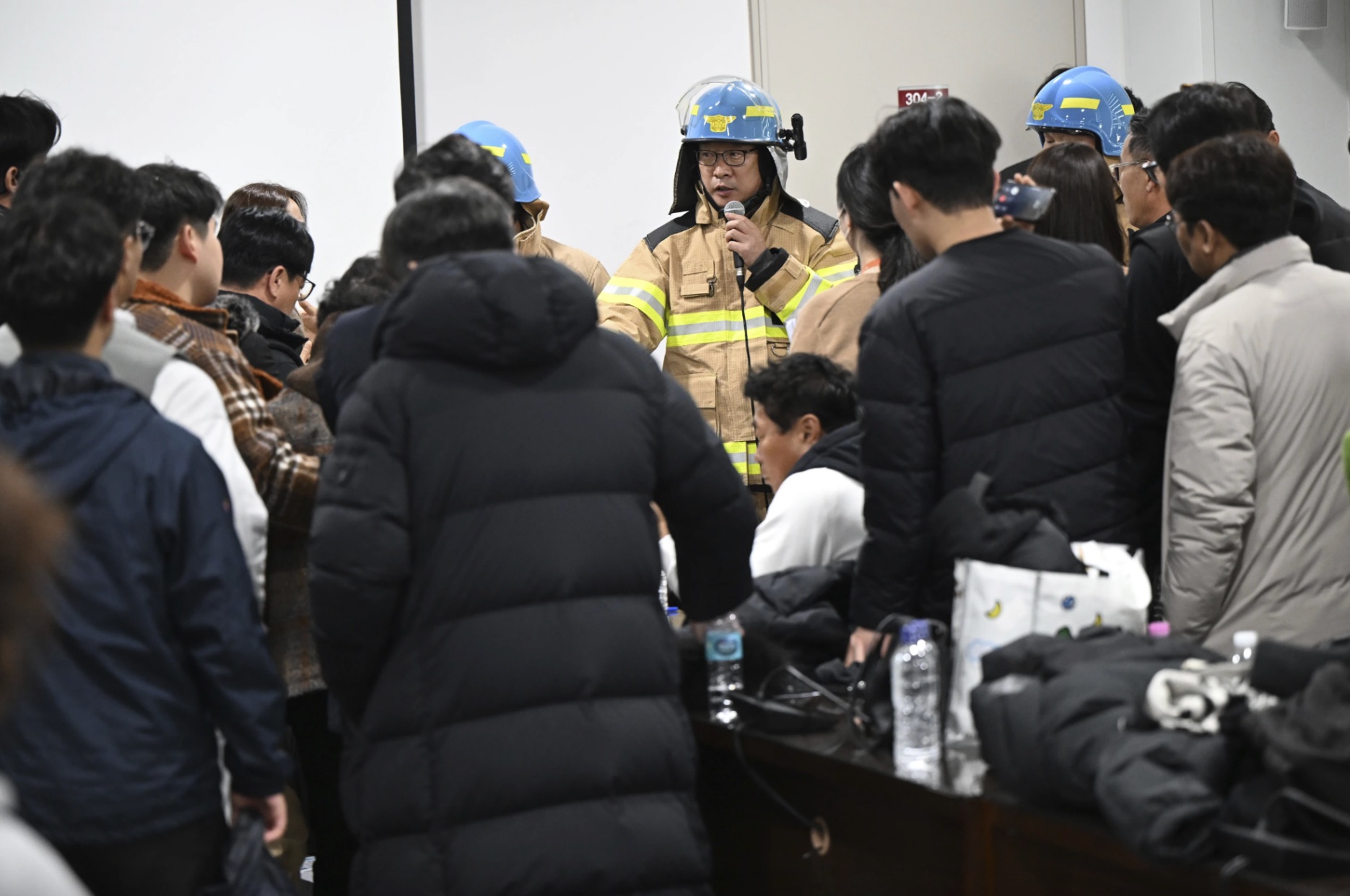SEOUL, South Kora – South Korean authorities investigating last month’s Jeju Air crash, the deadliest aviation disaster in the country’s history, have submitted a preliminary report to the United Nations’ International Civil Aviation Organization (ICAO) and the aviation authorities of the United States, France, and Thailand, an official announced on Monday, January 27, 2025.
The preliminary findings focus on the role of a “bird strike” and the involvement of the “localizer” landing guidance structure in the crash, which occurred on December 29 at Muan International Airport.
The Boeing 737-800 jet, arriving from Bangkok, overshot the runway during an emergency belly landing, colliding with the localizer structure.
The accident resulted in the deaths of 179 of the 181 passengers and crew on board.

Findings from the Preliminary Report
“These all-out investigation activities aim to determine the accurate cause of the accident,” the report said.
The ICAO mandates that preliminary accident reports be produced within 30 days of an incident, with a final report encouraged within 12 months.
Initial findings shared with the victims’ families on Saturday revealed that the pilots had discussed spotting a flock of birds on their final approach.
The report noted that a bird strike was confirmed, with evidence found on both engines. “Feathers and bird blood stains were found on each,” it said.
The exact timing of the bird strike remains under investigation, but the pilots declared an emergency and reported the strike during a “go-around” manoeuvre.

The aircraft ultimately crashed into the localizer structure – a reinforced concrete and earth embankment supporting the antenna system that aids runway navigation – before catching fire and partially exploding.
Experts have suggested that the structure’s location likely contributed to the severity of the disaster.
According to the report, the crash scattered debris, with the fore fuselage landing between 30 and 200 metres from the embankment.
Both engines were buried in the soil mound of the embankment, while the resulting fire added to the destruction.

Black Box Data Unresolved
The report raises questions about the aircraft’s data recorders, which simultaneously stopped recording just before the pilots declared a mayday.
At the time, the aircraft was flying at an altitude of 498 feet (152 metres) and a speed of 161 knots (298 km/h or 185 mph).
The reason for the recorders’ failure remains under investigation.

Next Steps
South Korean investigators continue to analyse the engines and the localizer structure to determine the precise cause of the crash.
They are also cooperating with international agencies, including ICAO, to ensure transparency and compliance with global aviation standards.
The full investigation report is expected to be finalised within the next 12 months, providing a comprehensive analysis of the factors leading to the tragedy and recommendations for preventing similar incidents in the future.
This preliminary report represents a critical step in uncovering the events leading up to the crash and addressing the safety of air travel within South Korea and beyond.







